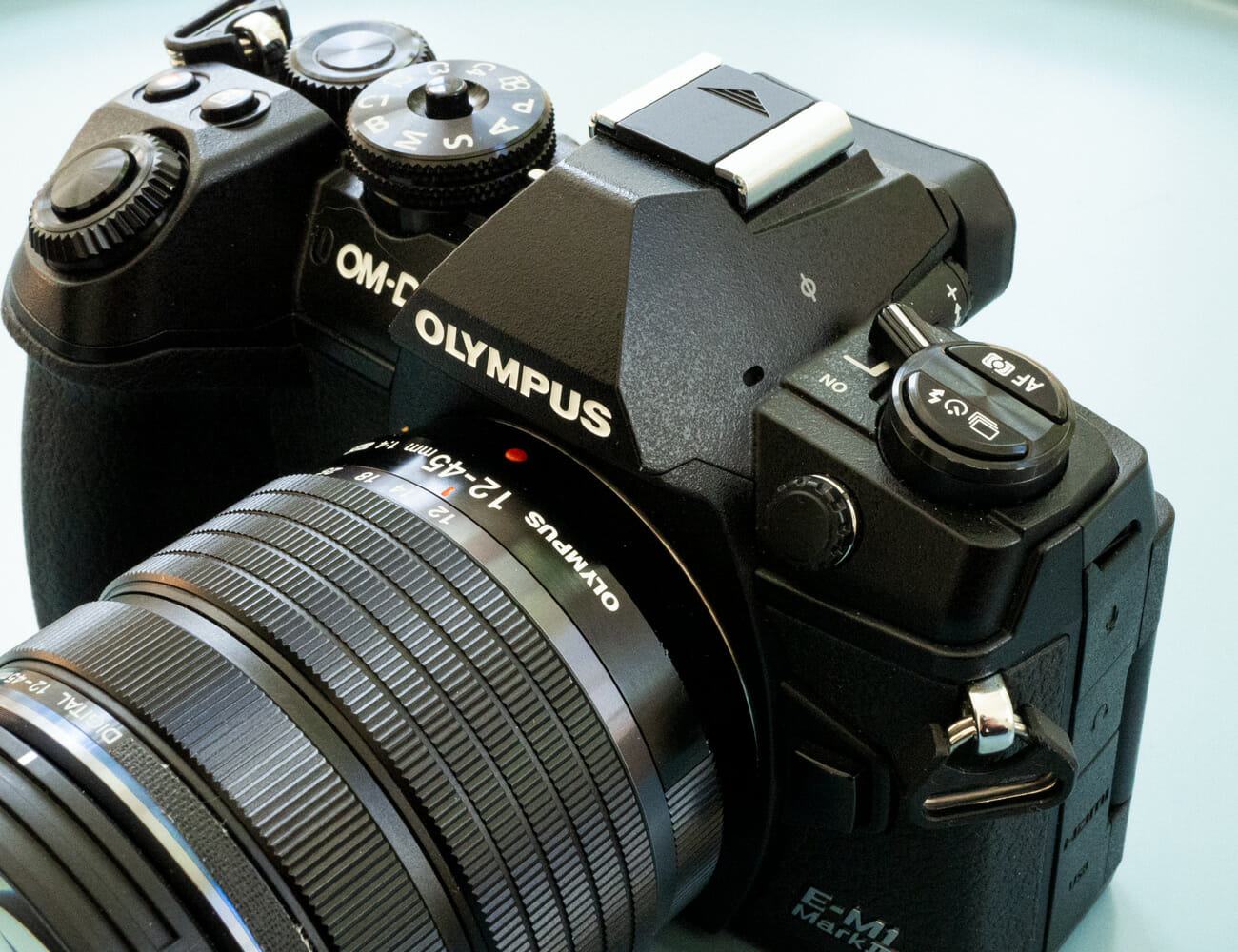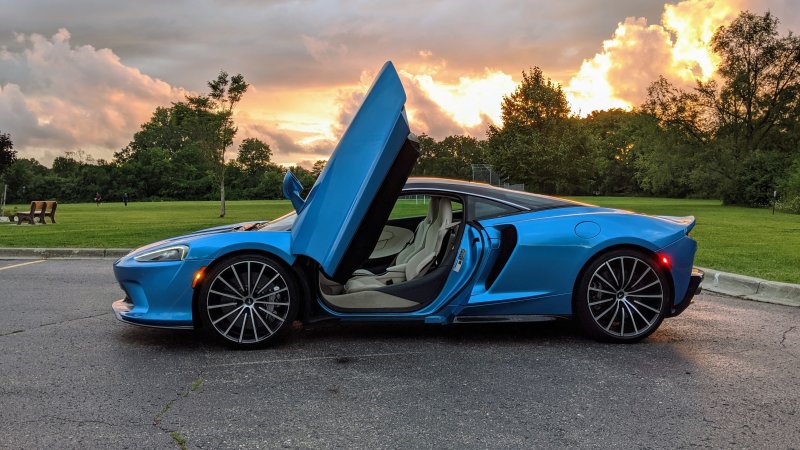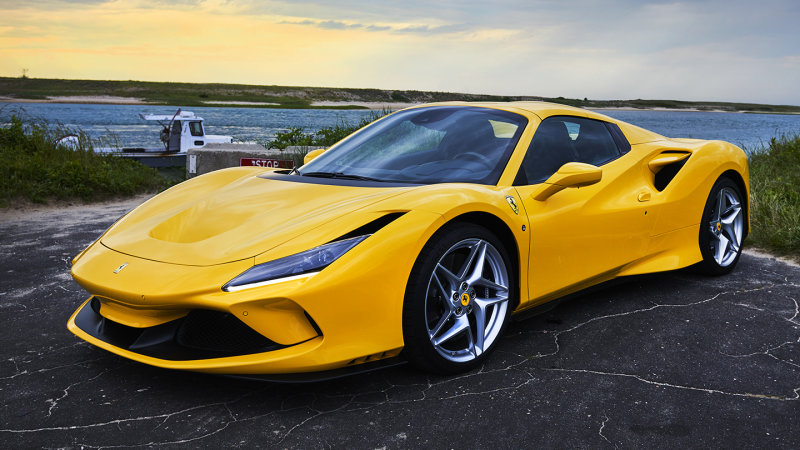Brand: Olympus
Product: OM-D EM-1 Mark III
Release Date: February 2020
Price: $1,800
From: bhphotovideo.com
When comparing gadgets, it’s all too easy to start smashing together spec sheets. Speeds and feeds do matter, after all, and they’re conveniently objective and comparable! When it comes to sheer sensor size, the OM-D E-M1 Mark III — and all its Micro Four Thirds brethren, with their comparatively modest sensors — will always be instantly dwarfed by full-frame giants and even the crop sensors of Canon, Nikon, and the like. That’s no getting around it.
But the E-M1 Mark III, the product of more than a decade of refinement throughout the OM-D lineage, shows just how myopic that pixel-peeping perspective can be. Cribbing a suite of professional-grade features from the bulkier, pricier, awkward-ier EM-1x and squeezing them into the E-M1 line’s tight, tidy body, Olympus has put together a package that carries its 20.4MP sensor (and matching suite of affordable, portable Micro Four Thirds lenses) so much further than any inveterate spec nerd would ever expect them to go.
It’s extremely easy to hold, even with its more monstrous lenses attached.
The E-M1 Mark III is nothing short of a joy to wield. Studded in over a dozen single purpose buttons (plus a directional pad and a joystick, it’s designed such that all are in easy reach and none have ever gotten in my way. The E-M1’s extended grip, which sets it apart from its more affordable cousins, allows for an extremely solid hold that goes a long, long way considering how fractionally smaller Micro Four Thirds lenses are versus their full-frame or even APC-C counterparts. I found the Mark III eminently one-handable even sporting a 75-300mm (140-600mm 35mm equivalent) telephoto superzoom, but still slim enough to easily slide into my jacket pocket with a pancake lens affixed.


Better yet, the E-M1’s borderline magical 7.0 stop image stabilization (7.5 with compatible Olympus lenses), means you can fling it around by hand, even in low light conditions, without having to worry about slathering your images in soft focus. On an evening walk through Weehawken, New Jersey, I was stopping down to a shutter speed of 1/10s, and still getting tack-sharp focus so long as I stood still and took a deep breath. I could even stop down just a little further to get very passable light-stream long-exposures handheld, albeit with a little bit of blur in the background.
Handheld high-res mode helps bridge the gap to more sizable sensors.
Micro Four Thirds is definitively, decisively, triumphantly not for resolution-obsessed, unreconstructed pixel peepers, but part of the high-end body E-M1 Mark III’s appeal is that it is not entirely constrained to the limitations of its smaller sensor. The Mark III sports a handheld “high-resolution” mode (one of the features cribbed from the larger E-M1X), which quickly moves the sensor in sub-pixel increments in-body and overlays the results to compose a 50MP-equivalent composite shot in camera. Yes, the whole premise of the E-M1 relies on the notion that 20MP is usually enough (which I’d argue it is), but that extra bit of wiggle room opens up a ton of options that helps this plucky little camera fill in its the areas where it would ordinarily suffer. With a tripod, you can even get a 80MP-equivalent composite.

100% crop of an 80-megapixel image on the right
Now, this isn’t magic, so there are downsides. The worst is probably the painstaking 5-10 seconds it takes for the composite to finish, which absolutely broke my flow — especially when I (frequently) shot in high-res mode by accident after forgetting to turn it off. You cannot just have this on all the time. And if your subject is moving (or you are moving during a long exposure time), you’re going to get an and a failed composite, though the camera will still serve you up at standard-res image for your trouble. More limiting still, high-res mode put some hard limits on your settings like maximum f/8.0 aperture, and maximum 1600 ISO. Ultimately, this is for landscapes, architecture, product shots, portraiture — situations where time is on your side, and the lion’s share of variables are well under control.
But even with those considerable caveats, I found that one wide, high-res shot at the end of a shoot is indispensable to set my mind at ease as I leave the scene of a shoot. If I want to do a tight crop in post, I’ll have the extra pixels to make it work. If I want to make a gargantuan landscape print, all it takes is a tripod to put that possibility on the table. It’s far from full-frame performance, but it puts some common higher-res use-cases in comfortingly close reach on the rare occasion you might need them.
Video is a bit of a drawback.


While the E-M1 Mark III is generally an exercise in transcending its specs, there are a few places where the numbers fall a bit short in a way that feels more like deficiency than trade-off, specifically where it merely inherits features untouched from its 2016 Mark II forebear. The Mark III’s top firing speed of 18 frames per second with autofocus and 60 without is untouched from four years ago, as are its video capabilities. Yes, 4K in 24 fps is of course nothing to sneeze at, but here in 2020 there are telephones that boast the ability to shoot 4K 60, and 8K 24. Likewise, the somewhat lackluster 2.4MP electronic viewfinder comes up short of what you’d hope to find in an otherwise expensive and pro-grade camera.
These downsides are fortunately counterbalanced by features that expand the breadth of what the Mark III can shoot, instead of just cranking up some numbers. The addition of Live ND up to 5 steps, and Starry AF for simplifying the arduous process of focusing on the night sky extend the E-M1’s viability under the lighting extremes of high noon and midnight. And it’s that kind of flexibility that ultimately speaks the the E-M1’s triumph. With all the size and weight advantages of Micro Four Thirds and the advanced features of its pro-body, it makes for a camera that is wildly versatile and a joy to have on-hand. Something I personally value more highly than extra pixels, whether in my pictures or my EVF.
Olympus provided this product for review.




